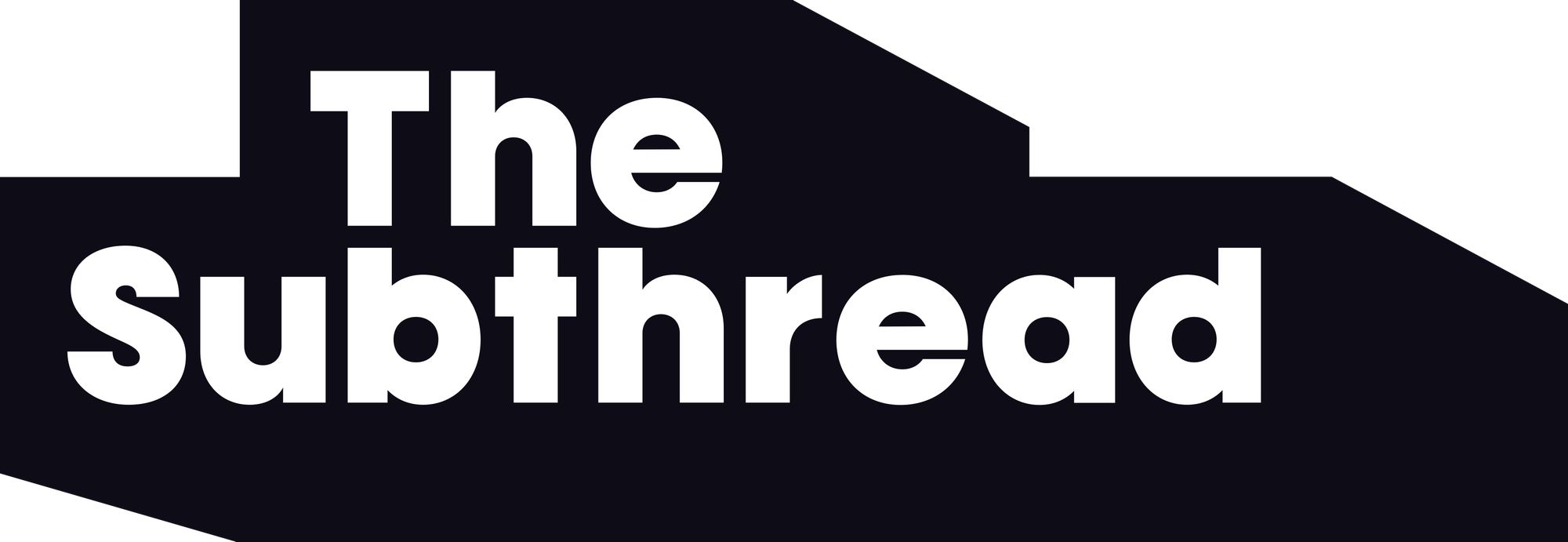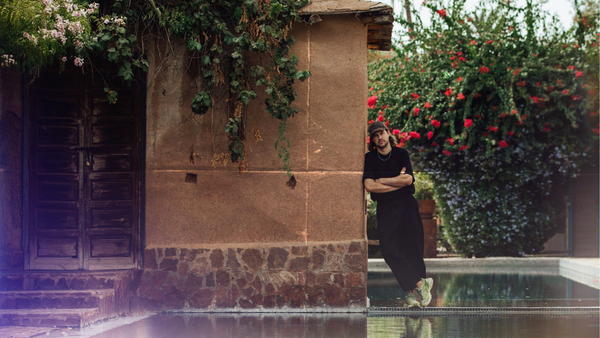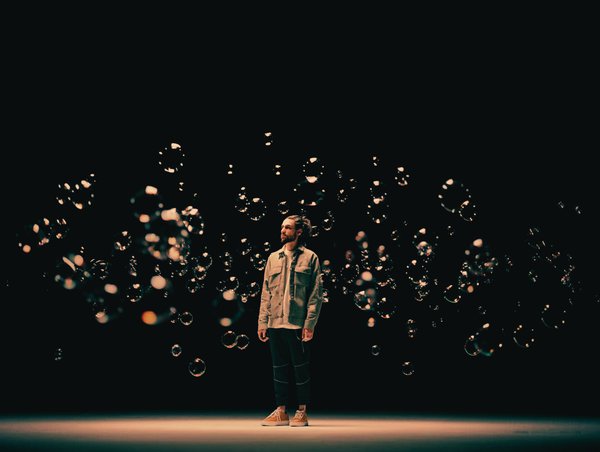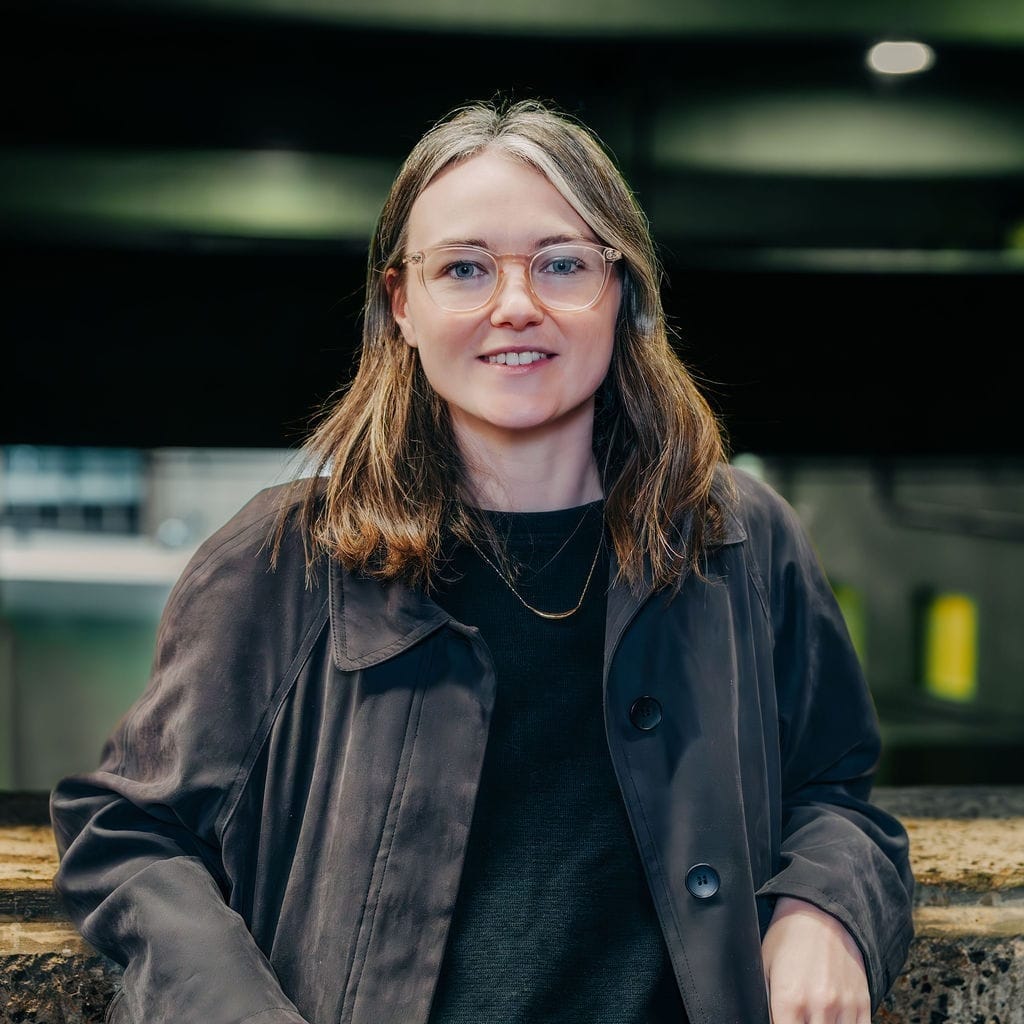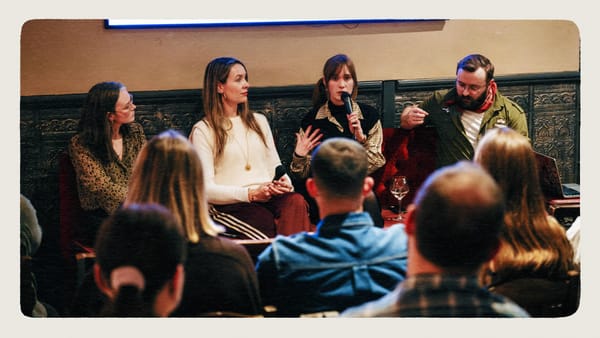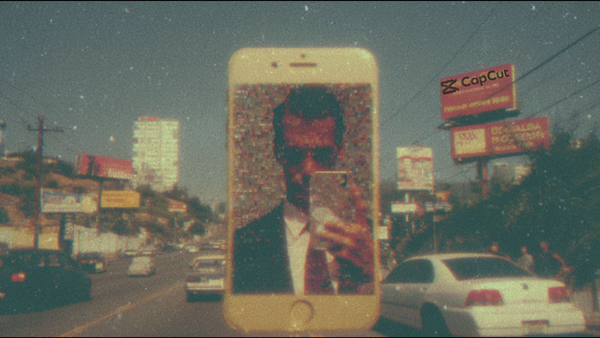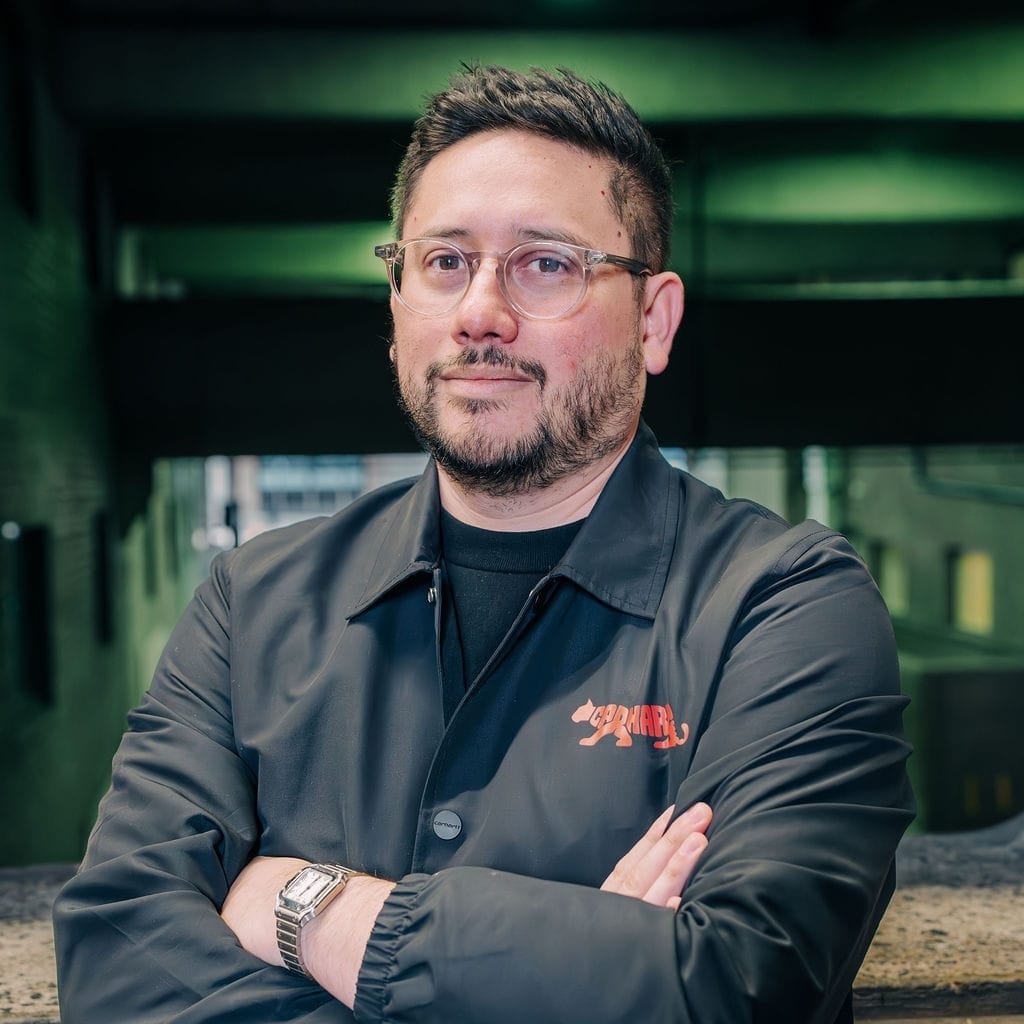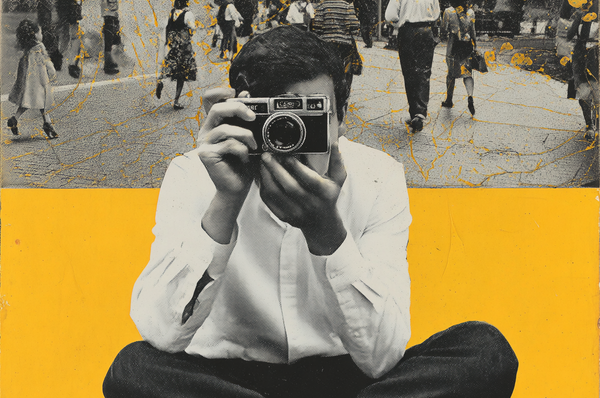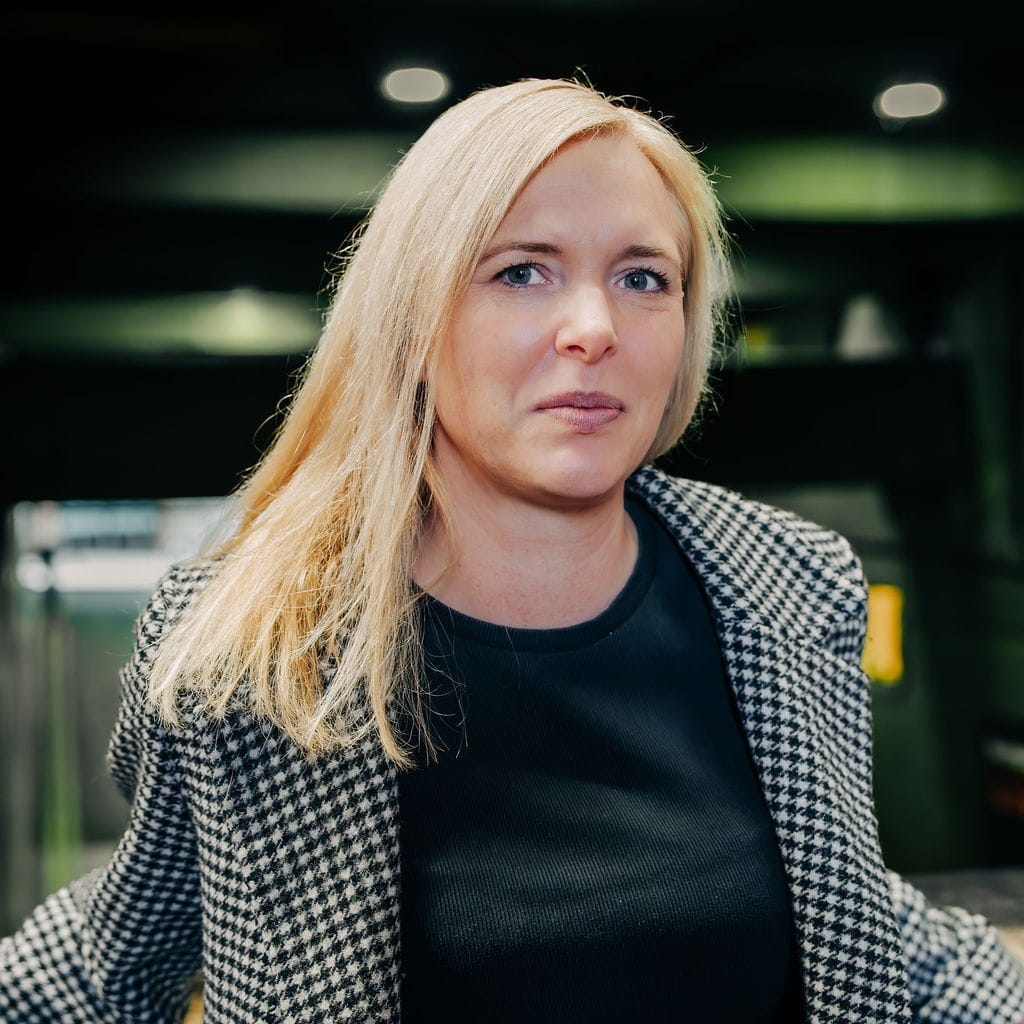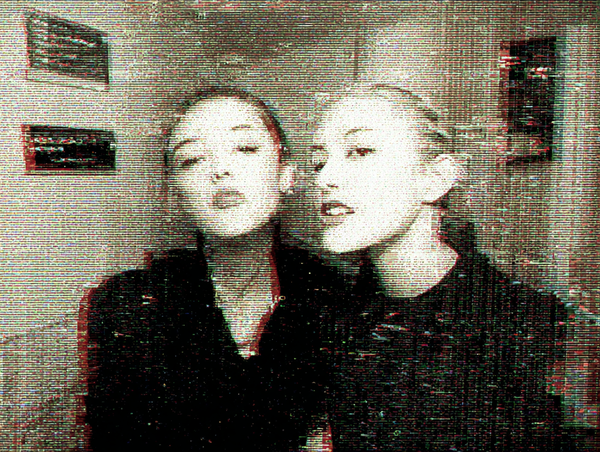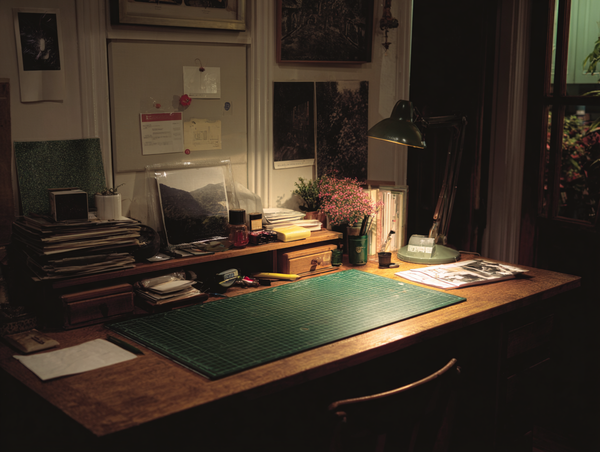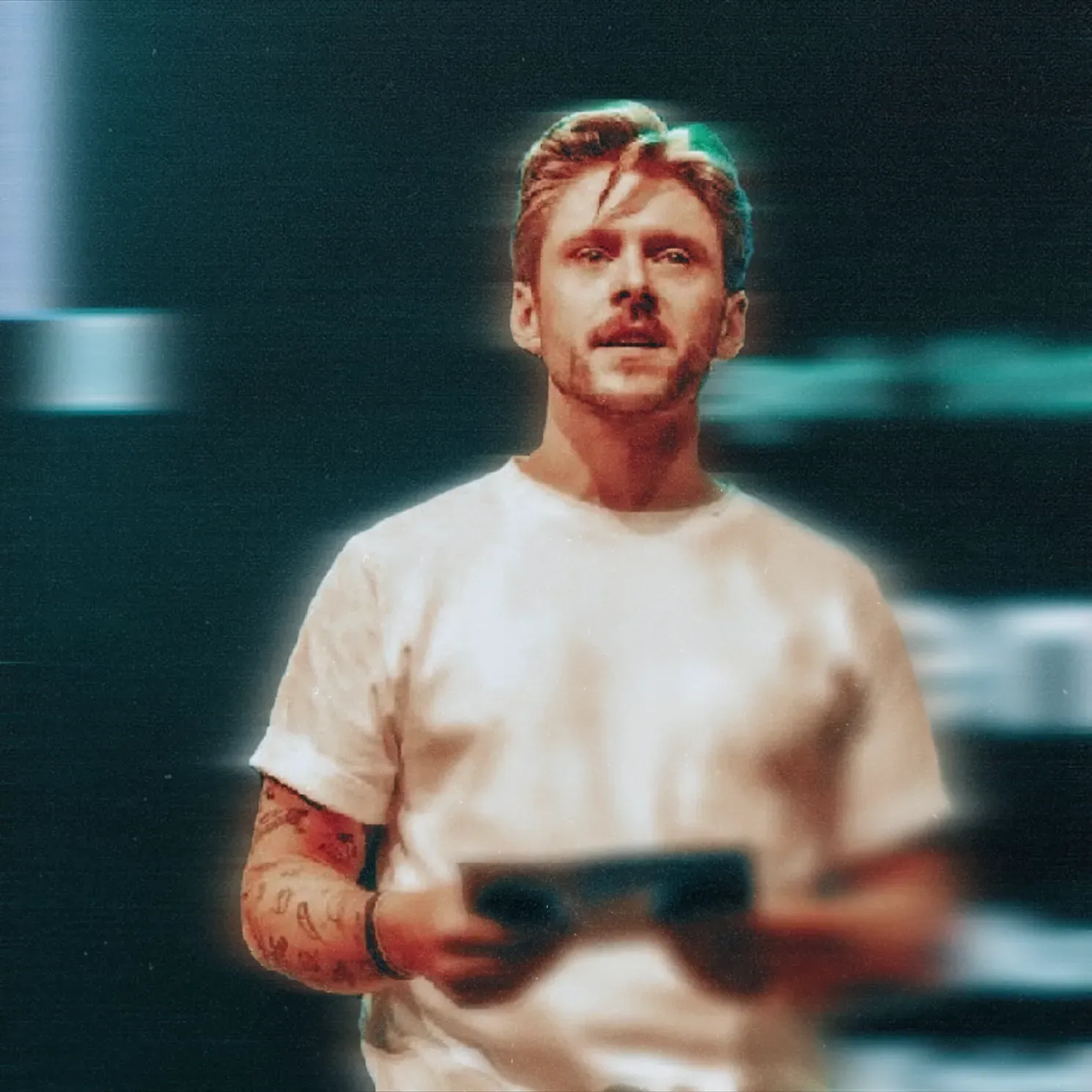Jonas Hegi is a filmmaker and the co-founder and creative director of Builders Club, a studio known for creating visual worlds that mix design, 3D motion, AI and film production. Sitting in Morocco’s Agafay Desert at the close of the Paradigms conference, Jonas gestures to the rocky horizon. “I love film and photography and seeing light and thinking can we do something new. Nature is surprising me every day. I could stare at this landscape for hours – and the same is true for CGI, and also for AI these days.”
Fresh off his keynote on AI and the future of creative work, Jonas is eager to discuss how tools shape imagination. “Our studio is all about creating visual worlds and playing with imagination,” he says. “To do this we’re using tools to bring our imagination to life.”
That shift has already transformed Builders Club’s workflow. On a recent Nike project, Jonas says the scope was “so massive” it simply wouldn’t have been possible without AI tools. Using AI was a practical decision in this case, but it also gifted Jonas’s creative freedom.
“We suddenly realized we had a freedom to think incredibly freely in terms of what shots we wanted to do, what worlds we wanted to create. Things that aren’t possible with live action, without incredible budgets or timelines. It allowed us to actually be creatively incredibly free.”
